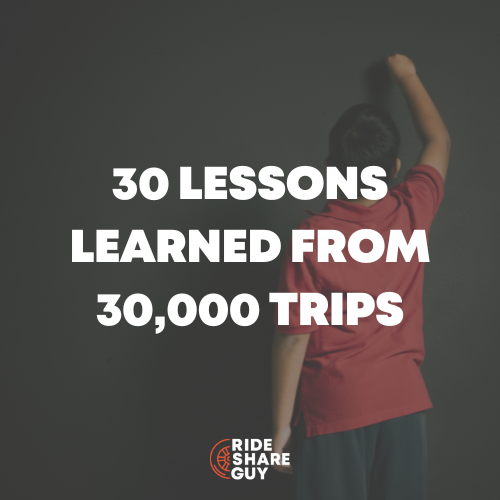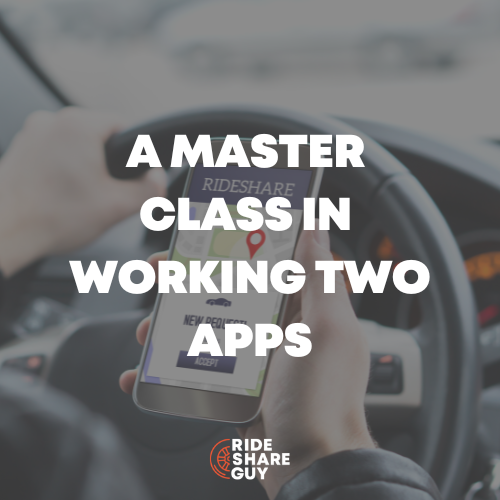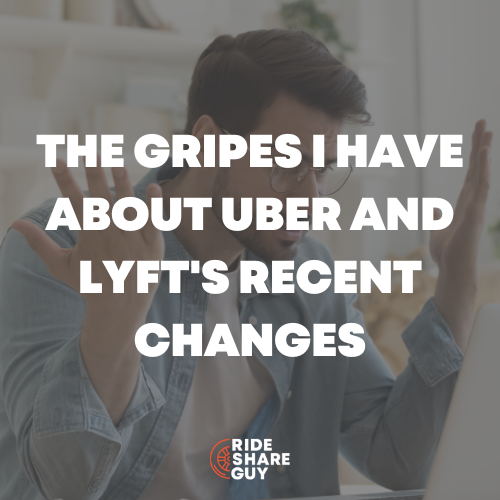Last month, I packed up my bags and headed east.
Destination: Bangkok, Thailand.
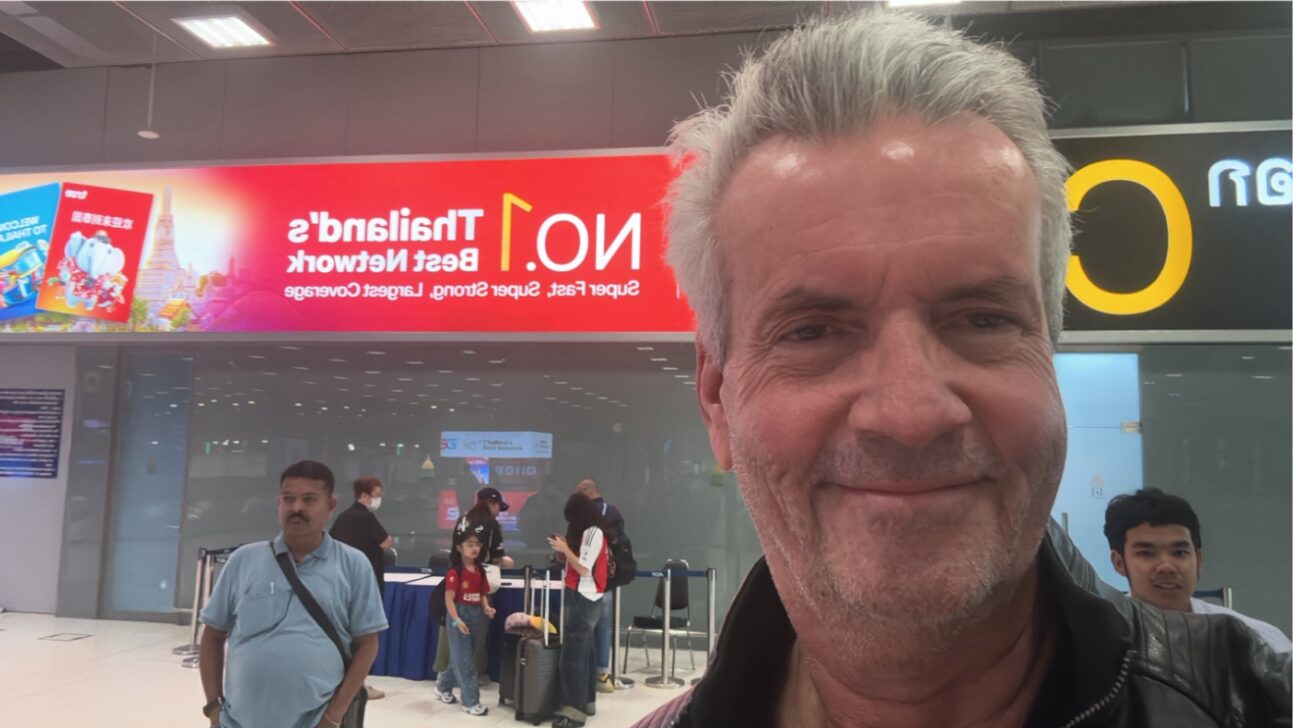
This was a short trip lasting just one week.
I was excited to return to the Marriott Marquis Queens Park. I was also looking forward to spending time with my friend Mona.
I always feel anxiety before a trip. It may be the flying, hustle, and bustle of airports, landing and taking off, and new uncertain adventures.
However, once I land, all is right with the world, and I feel validated for venturing off for a week of holiday without any work on the docket.
I took a few Grab (similar to Uber and Lyft) rides in Bangkok, where I observed rideshare drivers and how they operate in a city known for its chaotic traffic and unique cultural practices.
It gave me fresh insights and new strategies that we can apply to improve rideshare driving anywhere in the world.
The following strategies, while inspired by Bangkok, are universal and can help every rideshare driver become more successful.

Background
Driving around Bangkok is like nothing I have seen here in America. The traffic is intense. The large intersections show timers that display the number of seconds you must wait before the light changes color.
I have seen timers display over 200 seconds.
Three minutes!
This is considered normal in Bangkok. As a passenger, I have no problem waiting.
However, as a driver, when time is literally money, driving in Bangkok would challenge me to my very core.
The chaotic streets, intense traffic jams, and the usually calm demeanor of drivers who navigated through it paint a picture of Thailand rideshare.
This experience made me reflect on certain principles crucial to success in rideshare driving that extend beyond cultural boundaries.
1. Maintain a Clean Car
One of the first things you noticed about the rideshare drivers in Bangkok was how clean their cars were despite the dusty and busy streets.
A clean car gives an excellent first impression and shows that you respect your passengers’ comfort. Keeping the interior and exterior of your vehicle spotless goes a long way in gaining higher ratings and tips.
You can’t ever control traffic, but maintaining cleanliness is something you can always manage, ensuring every rider feels comfortable and valued.
2. Don’t Over Talk
Since the rides took longer in Bangkok, there was plenty of time for conversation.
I found that many rideshare drivers struck a perfect balance. They greeted passengers politely but didn’t engage in excessive small talk unless the passenger initiated it.
Sometimes, passengers just want a quiet ride. While conversation can be pleasant, over-talking can lead to discomfort. One driver, in particular, did not stop talking during the entire ride.
It was a very irritating experience.
Learn to read the rider’s mood, and sometimes less is more. Respecting the passenger’s personal space makes the ride more enjoyable, increasing the likelihood of a positive rating and a tip.

3. Smile and Say Hello
Bangkok’s drivers often greeted passengers with a smile and a simple hello, creating a welcoming atmosphere without overdoing it.
A smile is a universal gesture of friendliness and can immediately set a positive tone for the ride. It shows that you are approachable and care about providing a good service.
This small gesture can significantly impact the passenger’s overall experience, increasing the chances for tips and compliments.
Recently, I had a bad day.
For whatever reason, I was not feeling my usual happy self. I noticed that everyone I encountered displayed the same bad mood. It was clear that I was the source of my own experience.
Once I remembered to smile again, my world showed up happy again.
4. Don’t Drive Too Fast
Traffic in Bangkok can be overwhelming, but many drivers navigate with calm precision, never appearing rushed or stressed.
No matter how tight your schedule may be, it’s essential not to drive aggressively or too fast. Safety should always come first, and driving carefully ensures your passengers feel secure and relaxed.
Passengers are likelier to rate you highly and leave a tip when they feel safe during the journey.
A good test I use is the backpack test. If, when you drive, you can hear a passenger’s backpack or suitcase shift as you make a turn too intensely, then I know I am moving too fast.
Sometimes, when coming off the freeway at 75 miles per hour, I don’t slow down enough and take the first turn too hard.
Or I forget there is a passenger in my car and flat-out drive too fast. It is not comfortable and leads to poor ratings and zero tips.
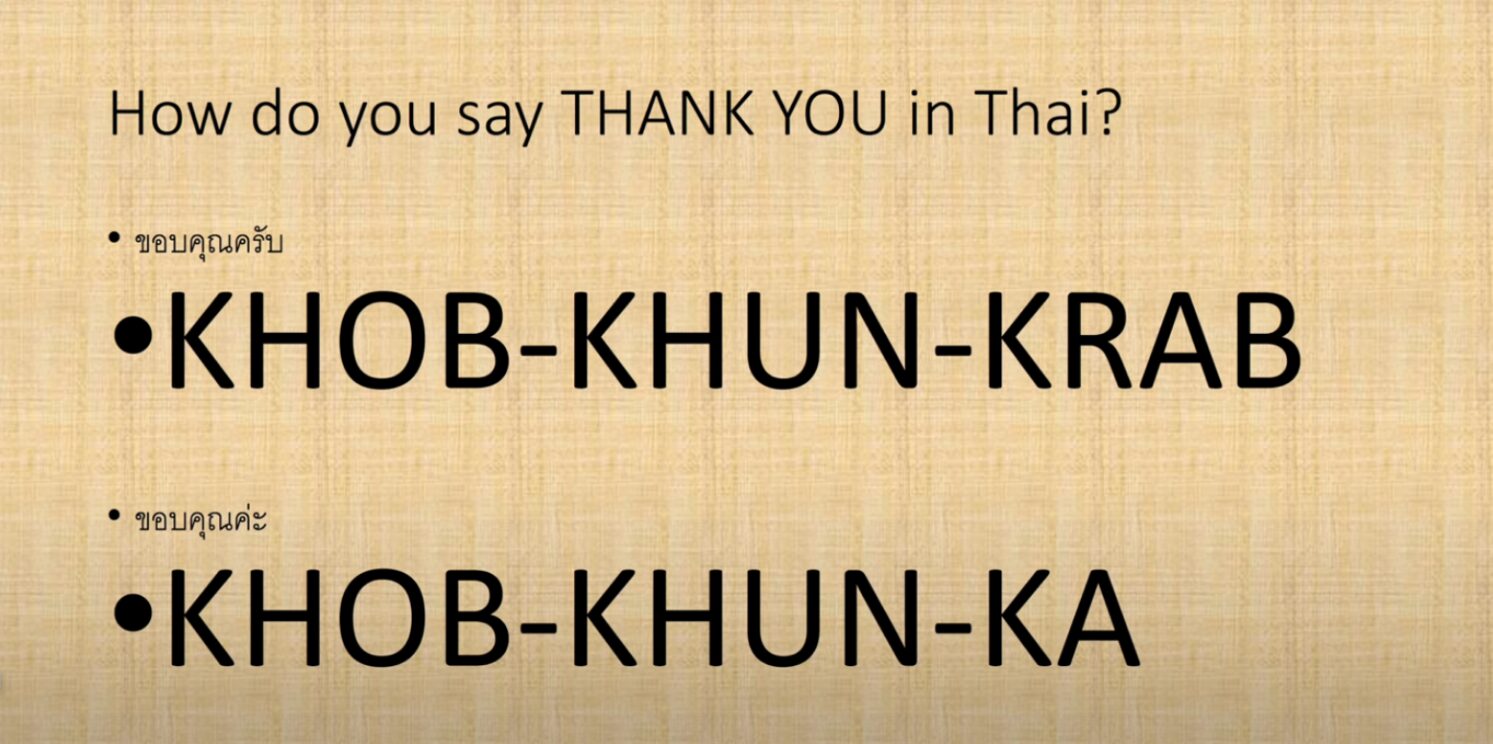
5. End the Ride with a Thank You
The simple act of saying thank you at the end of each ride was something I observed consistently during my trip.
A sincere thank you makes passengers feel appreciated and gives them a positive final impression. It’s a small gesture that can significantly impact your ratings and tips. Closing the ride on a note of gratitude enhances the overall experience.
Now that ride-sharing demand is down, due primarily to the glut of drivers, I experience downtime during the day. Sometimes, I might go 20 to 30 minutes before I get a ping.
Therefore, I am very grateful to have a passenger in my car. When I say Thank you, I mean it. Gratitude is alive and well in my black 2017 Honda Accord Hybrid.

Key Takeaways
My trip to Bangkok provided valuable insights into what makes for a successful rideshare experience, regardless of the city or country.
These simple yet effective strategies, keeping your car clean, not over-talking, smiling, driving carefully, and ending with gratitude, are vital to building rapport with passengers and increasing earnings.
Adopt these practices, knowing that even the most minor changes in behavior can make a big difference in customer satisfaction and income.
Be safe out there. Khob Khun Krab (Thank you).


